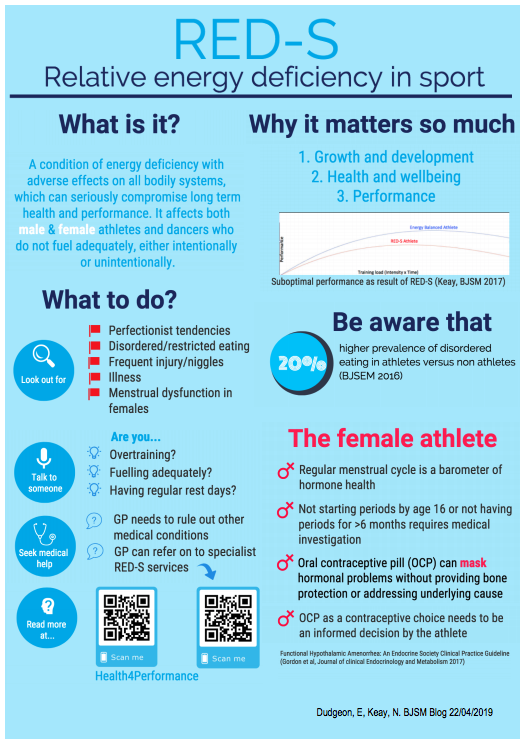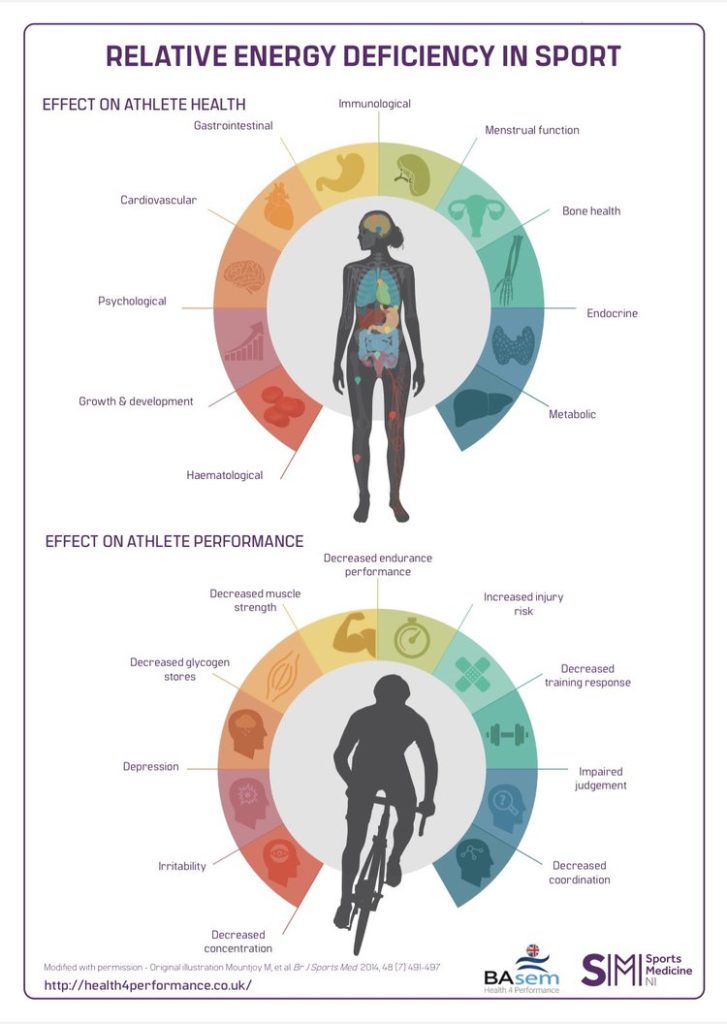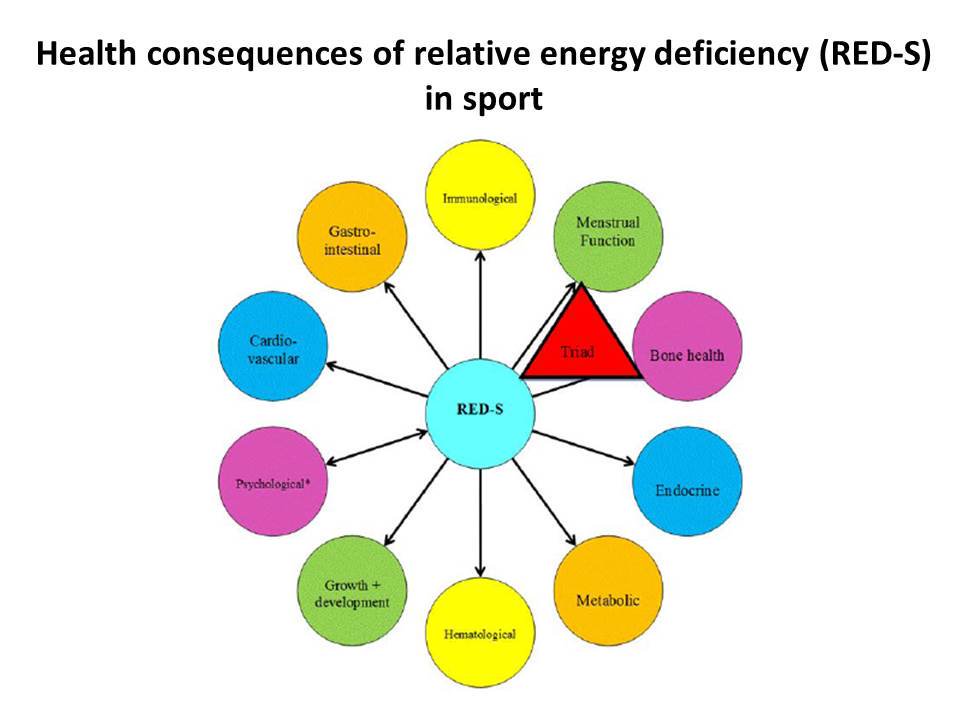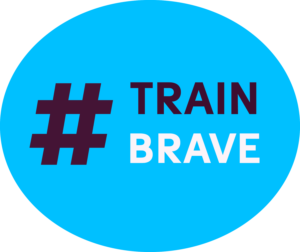

THE RISK OF RED-S
We all know that sport in good for us, but in high pressure environments, chronic stress and competition, the inability to manage our expectations, can have a negative impact on mental and physical health, resulting in poor performance and outcome.
While this may present in different forms such as, poor sleep, a depressed immune system thus increasing prevalence of infections and illness; increasingly we are seeing this manifest as compulsive obsessive traits and dysfunctional relationships with food.
The personality traits of all athletes –ambitious, perfectionists, highly self critical, obsessive and sensitive, do put them at a higher risk of developing anxiety related issues.
The desire to be the best is obviously something that anyone who wants to perform will possess and in many cases, results in exceptional outcomes. The difficulty comes when this desire is not managed; no matter how hard an athlete pushes, or what extent they go to through training or manipulating their diet, nothing is ever enough.
They are never light enough; or training hard enough. They constantly compare themselves to others –the difficulty being that when they view themselves negatively from within, whoever they compare themselves to, they will never perceive themselves as good enough.
RED-s (relative energy deficiency in sport) was previously known as the Female Athlete Triad. However, as research continued, to more accurately describe the clinical syndrome originally known as the Female Athlete Triad, a more comprehensive, broader term was given Relative Energy Deficiency in Sport in 2014 (thanks to the work of Dr Margo Mountjoy the main author of the IOC consensus paper), and as a result reflecting that male athletes are also at risk.
Many athletes with intentional RED-s start with the desire to change body composition, in most cases, lose weight, because they have either been encouraged to do so my coaches or fellow athletes, and believe that this will make them faster.
Most common methods include training more often and more intensely, whilst reducing nutritional intake. Nutritional intake becomes compromised and insufficient to meet the demands of training, resulting in severe consequences, especially as the majority runners and triathletes are already on the lower end of a healthy weight range.
This behaviour may go unnoticed or ignored by the athlete, clubs or coaches if performance improves in the short-term, but will come to a head once the consequences becomes visibly noticeable, injury prevalence increases, and performance starts to decline.
With eating disorders and relative energy deficiency in sports (RED-s), early intervention is extremely important, particularly in younger athletes. Clubs, coaches and fellow athletes play a vital role in recognising some of the symptoms of RED-s and providing support.

WARNING SIGNS
Physiological
- Lack of three consecutive periods in females or a change to a previously regular menstrual cycle
- Decline in morning erectile function in male athletes
- Poor development of muscle mass
- Difficulties staying warm in the winter and cool in the summer months
- Downy growth of hair all over the body
- Constipation or feeling bloated
Behavioural
- Pre-occupation and constantly talking about food
- Poor sleep patterns
- Restricting or strict control of food intake
- Overtraining or difficulties taking rest days
Psychological
- Irrational behaviour
- Fear of food and weight restoration
- Severe anxiety
- Becoming withdrawn and reclusive
Performance
- Poor recovery between training sessions
- Digestive issues –athletes often become constipated and bloated
- Recurrent injuries, including stress fractures
PRESENTATIONS
- What are the implications of RED-s for athletes? – Dr Nicky Keay, Sports Endocrinologist
- Why do we look to food and training for the answer? – Renee McGregor, Sports Dietitian
